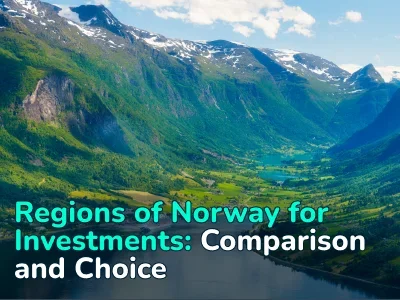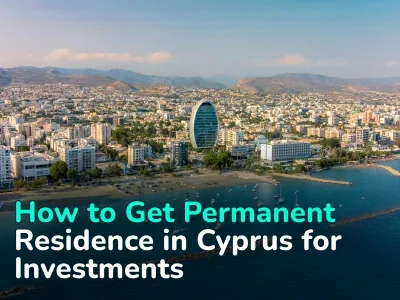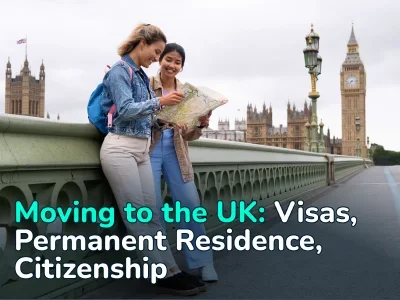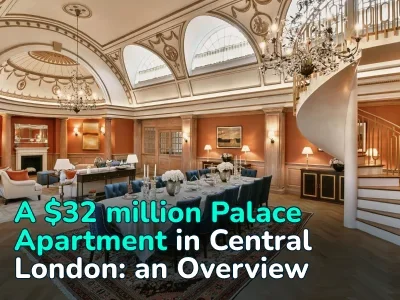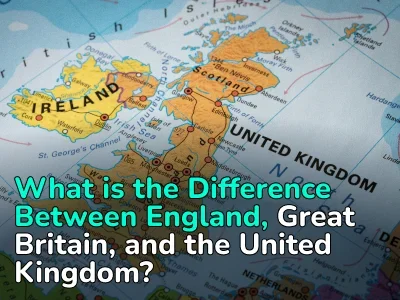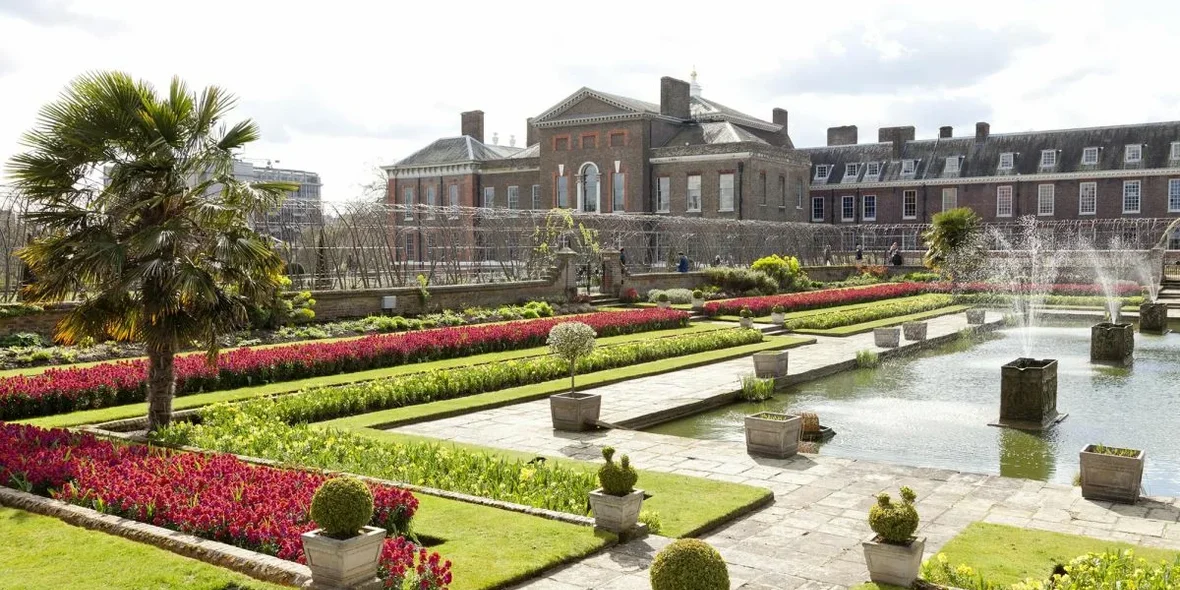
Palaces, Castles, and Houses. What Kind of Real Estate Does the British Royal Family Own?
Not all of the royal family's estates are privately owned — many are managed by organizations such as the Crown Estate and Historic Royal Palaces. In this review, we will find out which residences are owned by the royal family, where they are all located and what they are used for.
Context
Most of the land owned by the British royal family is part of the Crown Estate. This organization manages £15 billion worth of real estate. The Crown Estate's holdings include more than 287,000 acres of farmland and woodland, various commercial properties throughout Britain, several residences, almost all of Regent Street, and about 55% of Britain's coastal strip.
Although the royal family nominally owns the Crown Estate, it is not actually the King's private property. The Crown Estate is an independent commercial business run by the Council. Most of the Crown Estate's profits go to the British Treasury. According to the Crown Estate's financial report, the royal family receives 25% of its profits from the Treasury in the form of a “sovereign grant.”
Clearly, counting every piece of farmland, monument, castle, commercial estate, and maritime property is difficult, so we will focus specifically on the royal residences.
British royal residences are the palaces, castles, and houses occupied by members of the British royal family in the United Kingdom. Some are owned by the Crown (this is the state in all its aspects within the jurisprudence of the Commonwealth kingdoms and their subdivisions—ed.), while others are personally owned by a particular member of the royal family and have been passed down from generation to generation.
Also, there are facilities operated by the Historic Royal Palaces. They are unoccupied royal palaces, which means they are not used as royal residences or offices. These include Hampton Court Palace and the Tower of London.
Royal Residences Currently Occupied
There are about 115 former royal residences, and they were owned by members of the royal family in different years. Let's find out how many royal residences there are at the moment, where they are, and who owns them.
Residences Owned by the Crown
1. Buckingham Palace
Location: London.
Residents: The King; Duke, and Duchess of Edinburgh.
Status: Official London residence of the King and acting royal palace. The King uses Buckingham Palace for official business but does not reside there. In addition, the ceremonial halls of Buckingham Palace are also open to the public each summer.
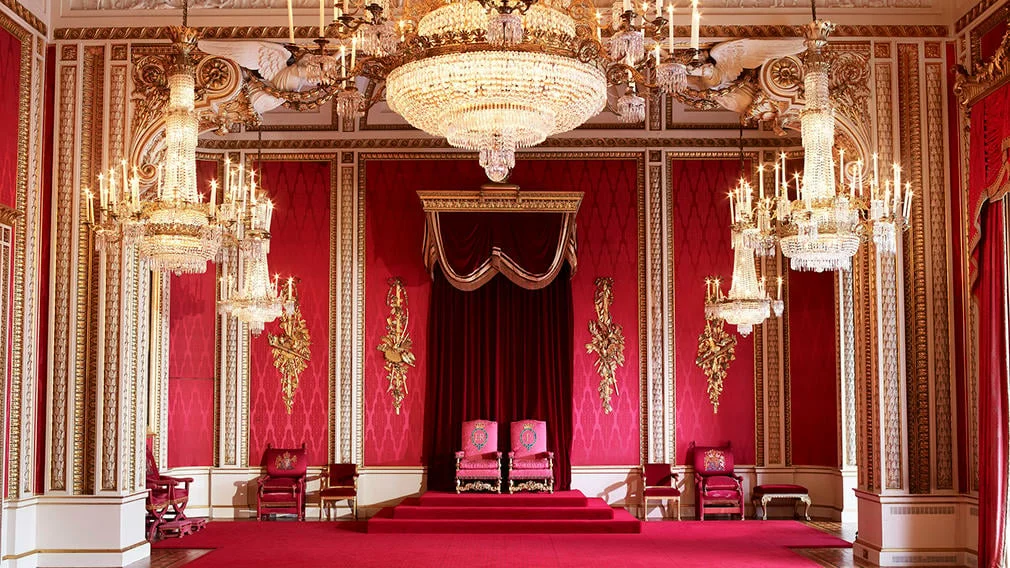

ROYAL COLLECTION TRUST ©
2. Clarence House
Location: London.
Residents: King and Queen Consort (Camilla, the wife of Charles III, officially became known as "Queen Camilla" after her husband's coronation on May 6, 2023.—ed.).
Status: Official London residence; one of the last surviving aristocratic townhouses in London.
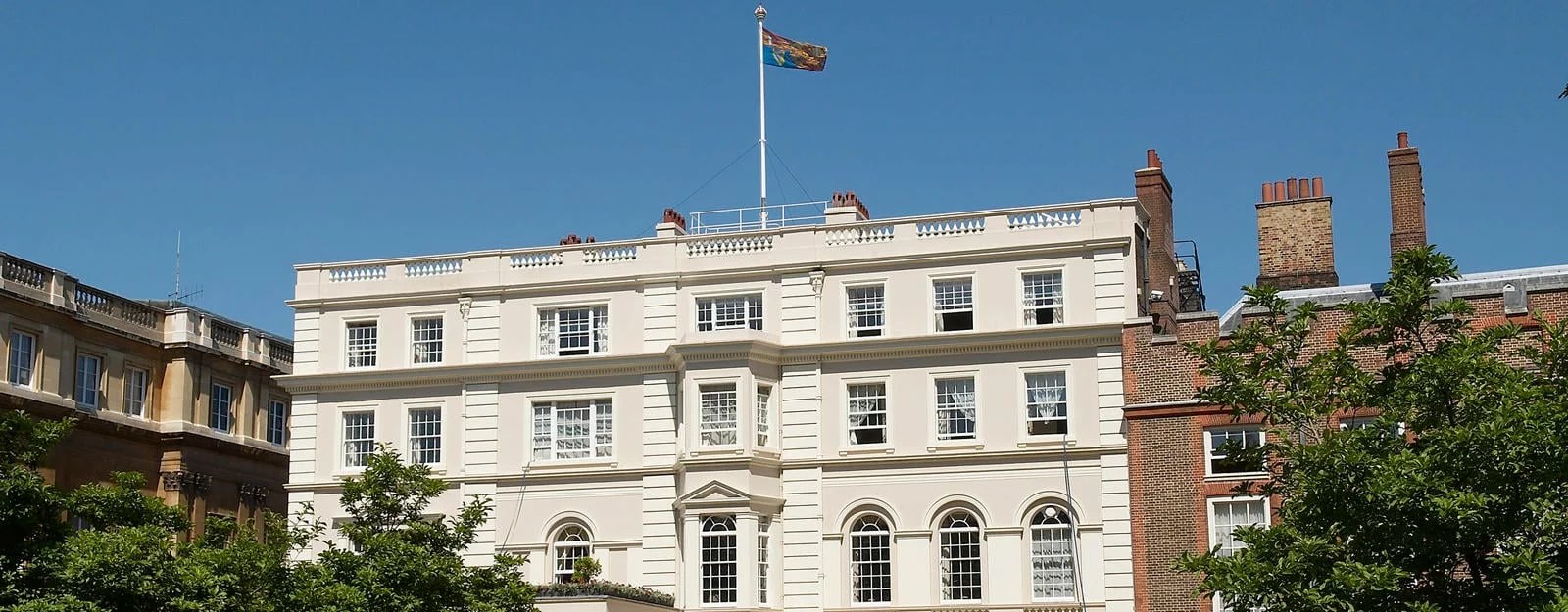
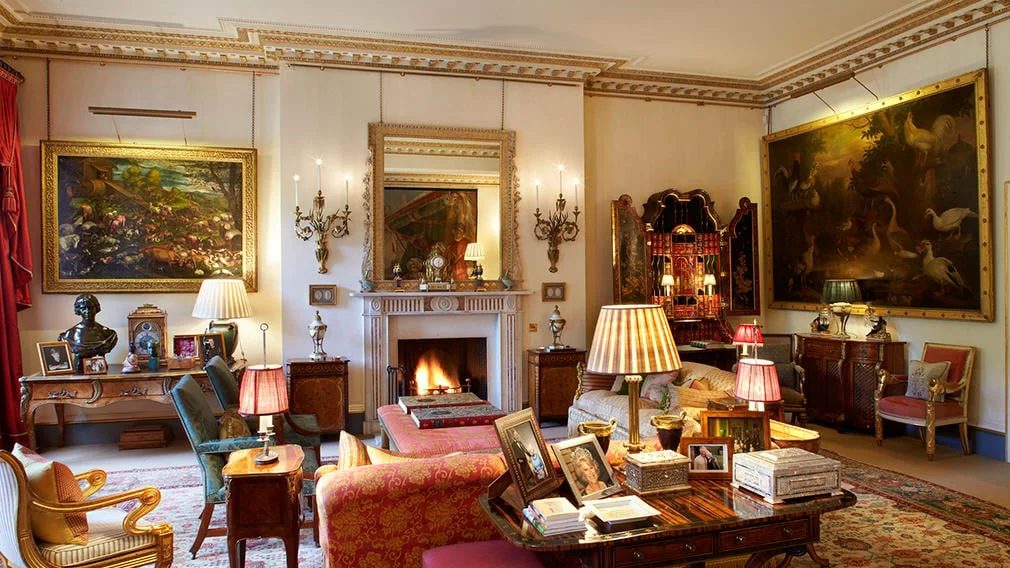
ROYAL COLLECTION TRUST ©
3. Kensington Palace
Location: London.
Residents: Prince and Princess of Wales; Duke and Duchess of Gloucester; Prince and Princess Michael of Kent.
Status: The current royal residence as well as the historic Royal Palace.
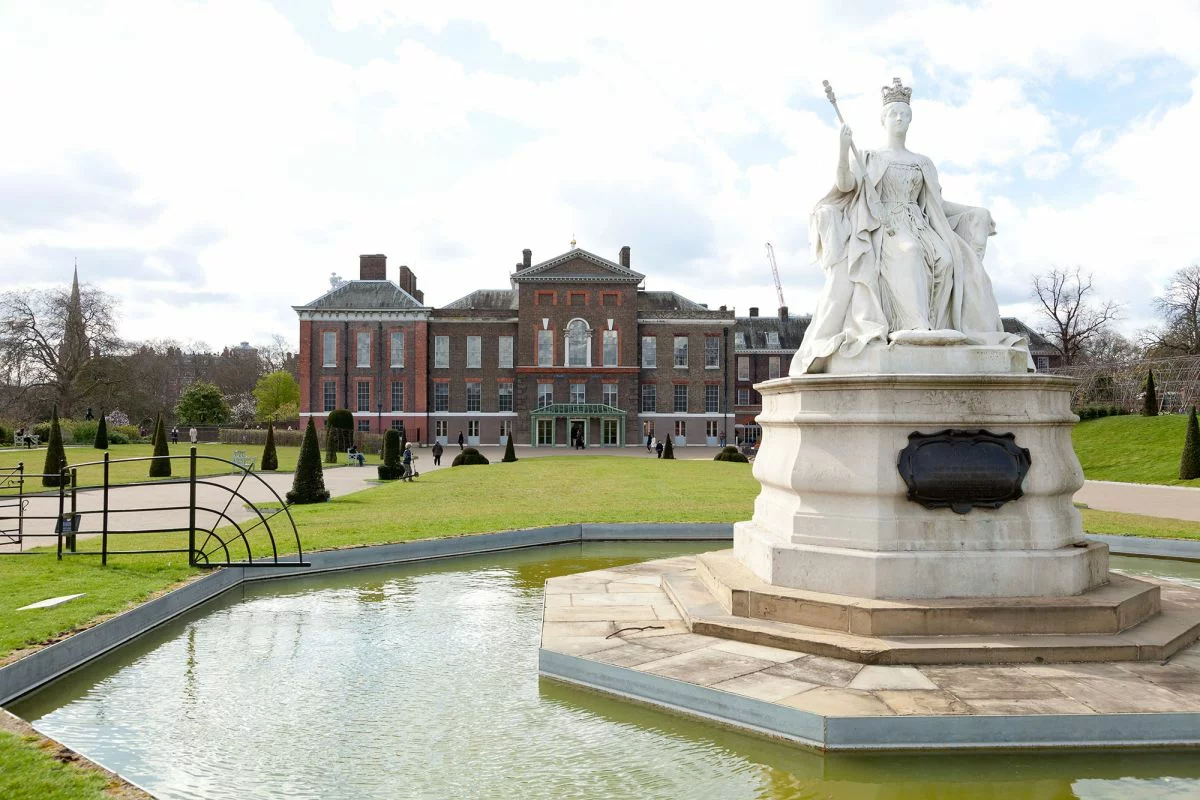
Royalparks.org.uk ©
4. Ivy Cottage
Location: London, located at Kensington Palace.
Residents: Princess Eugenie and Mr. Jack Brooksbank.
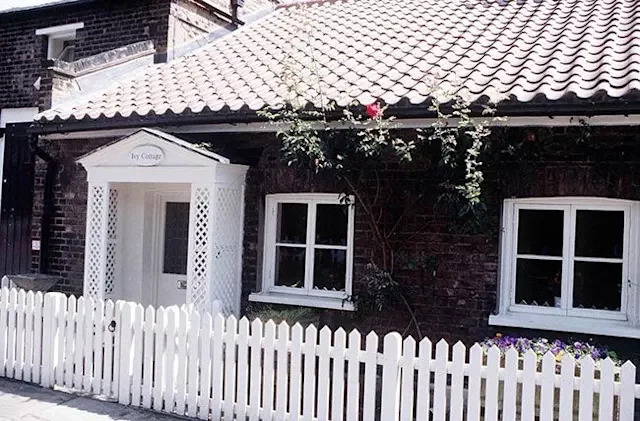
Snowdon/Camera Press ©
5. St. James's Palace
Location: London.
Status: The official residence of Princess Anne as well as the London residences of Princess Beatrice of York and Princess Alexandra.
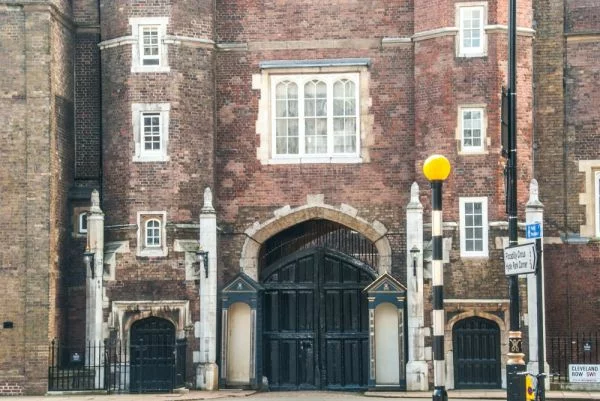

Britain Express image library ©
6. Thatched House Lodge
Location: Richmond, London.
Residents: Princess Alexandra, The Honourable Lady Ogilvy.
Status: An official country residence.
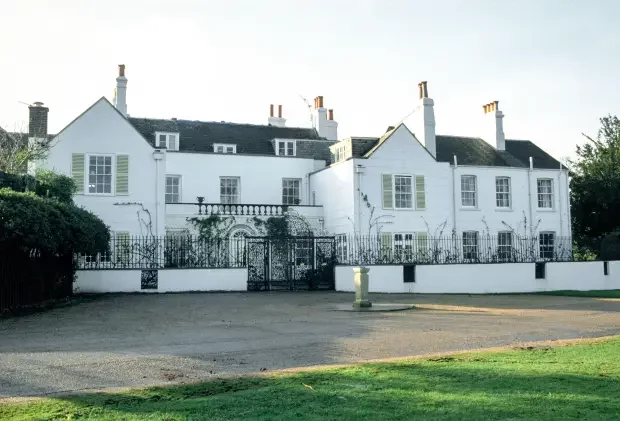
Alamy ©
7. Windsor Castle
Location: Windsor, Berkshire.
Residences: The King.
Status: The official country residence of the royal family; the oldest and largest inhabited castle in the world. It is open to visitors throughout the year.
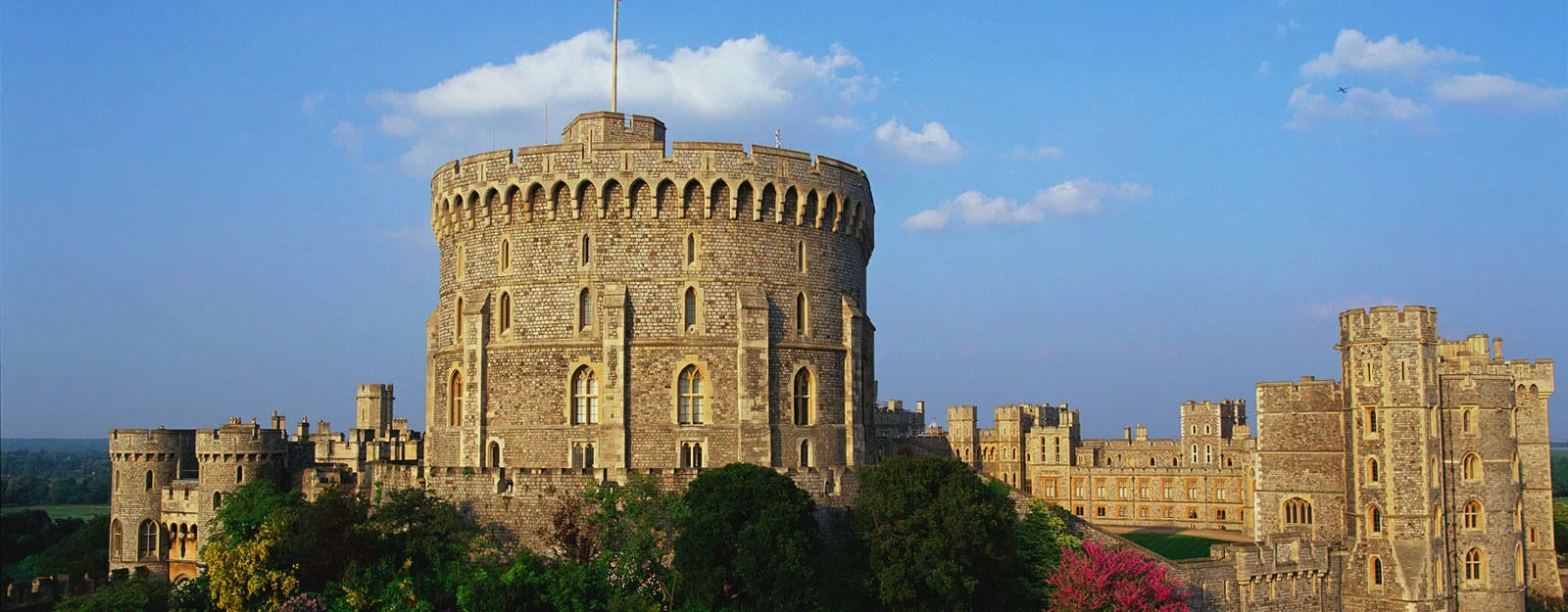
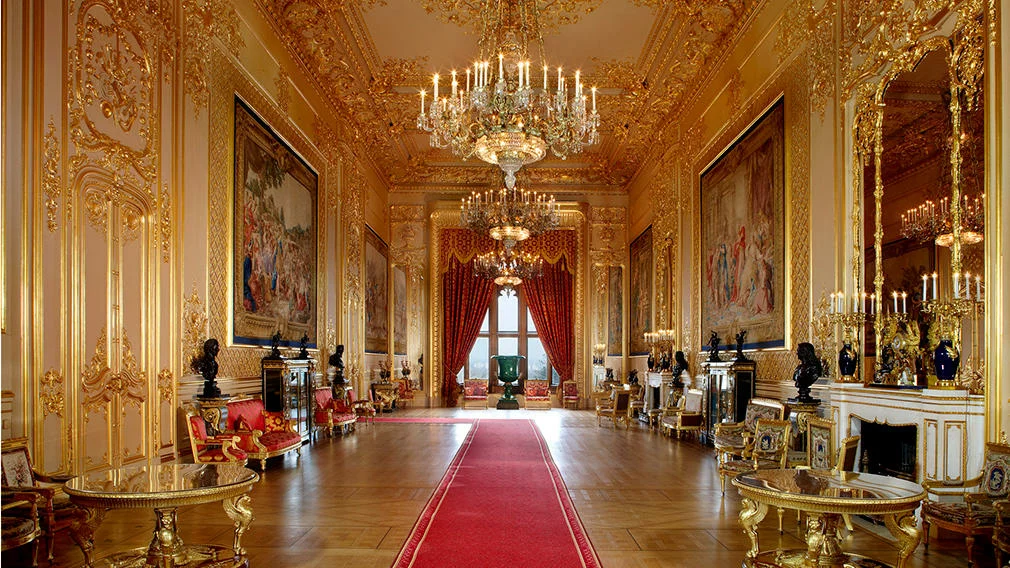
ROYAL COLLECTION TRUST ©
8. Adelaide Cottage
Location: Windsor Manor, Berkshire, located in Windsor Home Park, near Windsor Castle.
Residents: Prince William and Catherine plan to move from Adelaide Cottage to Forest Lodge (an 8-bedroom mansion in Windsor Great Park) by the end of 2025. This will be their permanent residence.

MATRIXPICTURES.CO.UK ©
9. Frogmore House
Location: Windsor Manor, Berkshire.
Residents: Prince Harry and Meghan have finally left Frogmore Cottage and no longer have the right to use it. That is, Frogmore Cottage has remained completely unoccupied for more than two years.
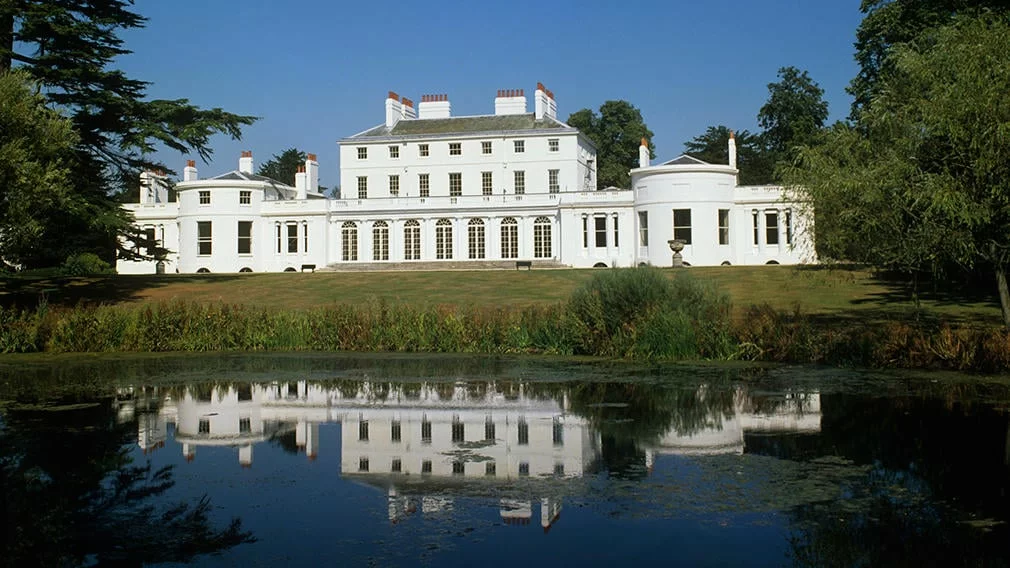
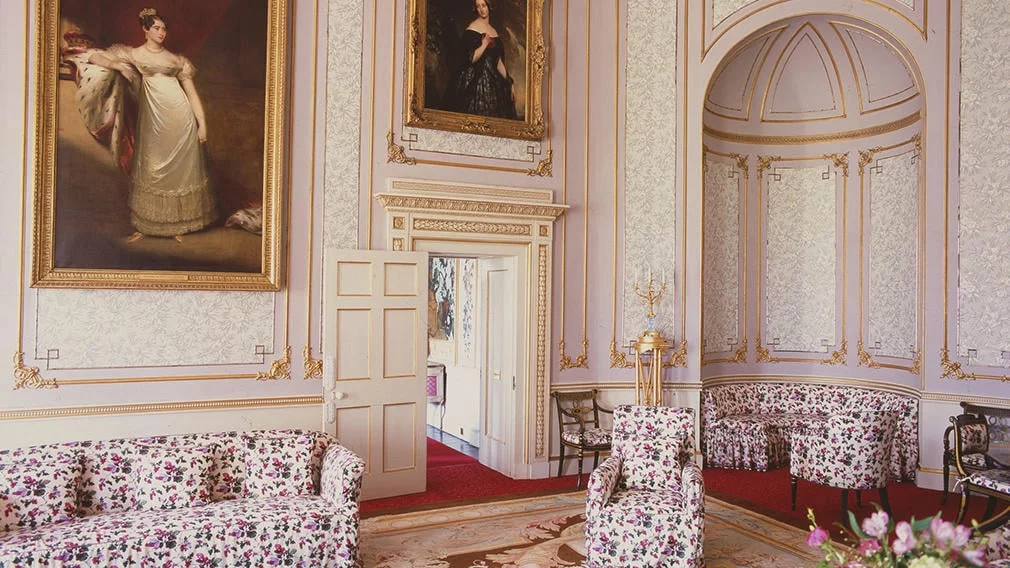
ROYAL COLLECTION TRUST ©
10. Royal Lodge
Location: Windsor Manor, Berkshire.
Residents: Prince Andrew, Duke of York.
Status: An official country residence.
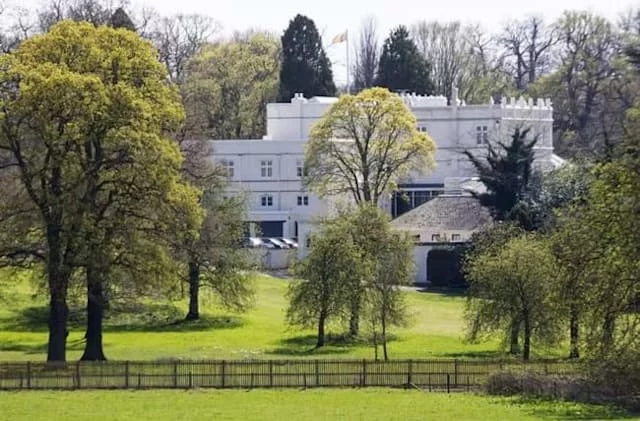
Getty Images ©
11. Bagshot Park
Location: Bagshot, Surrey County.
Residents: Duke and Duchess of Edinburgh.
Status: An official country residence.
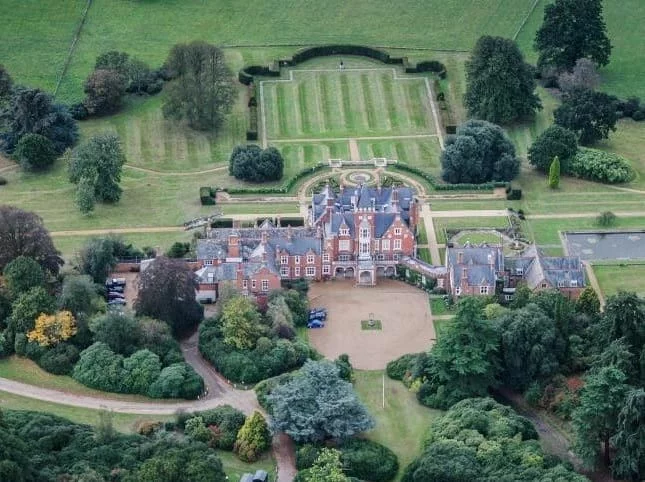
Getty Images ©
12. Palace of Holyroodhouse
Location: Edinburgh, Scotland.
Residences: The King.
Status: The official residence of the King in Edinburgh and home of Scottish royal history.
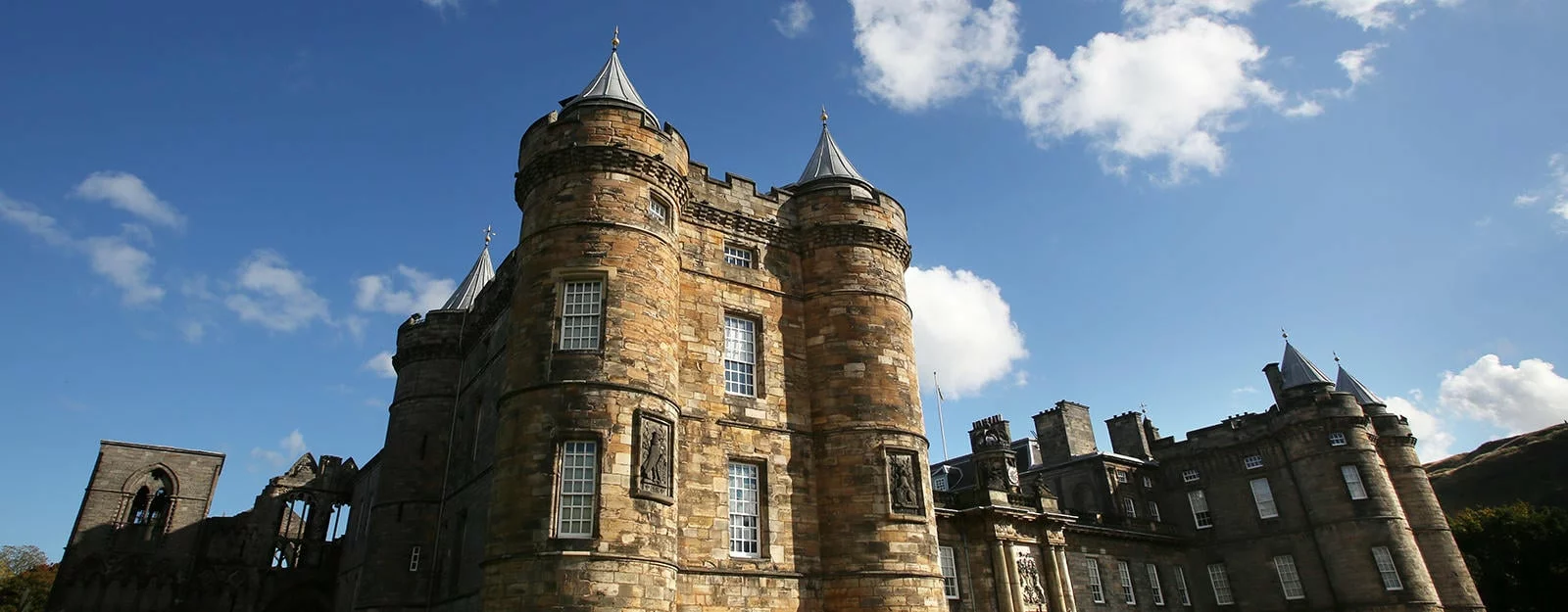
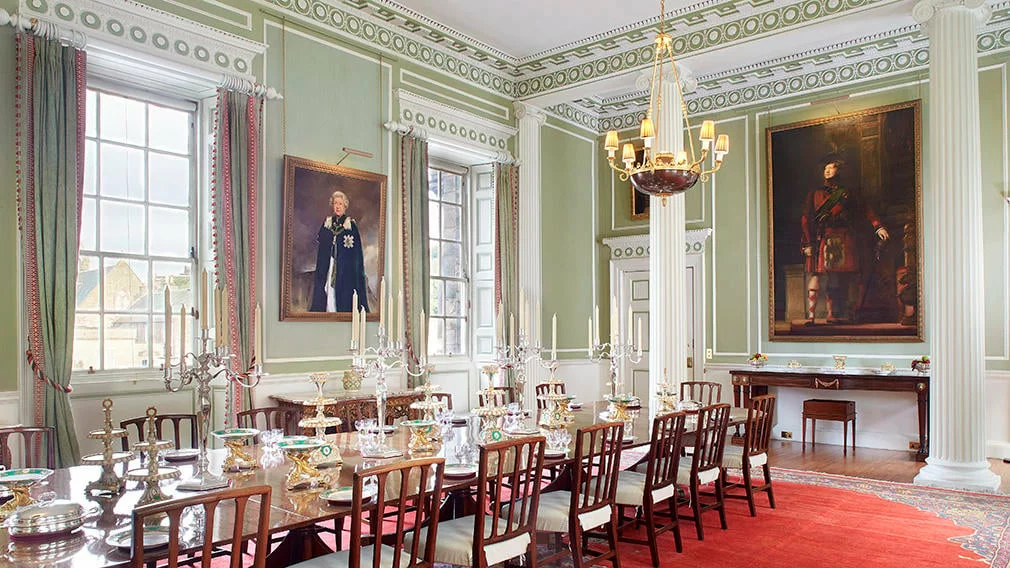
ROYAL COLLECTION TRUST ©
13. Hillsborough Castle
Location: County Down, Northern Ireland.
Residences: King.
Status: Official residence in Northern Ireland and residence of the Secretary of State for Northern Ireland.
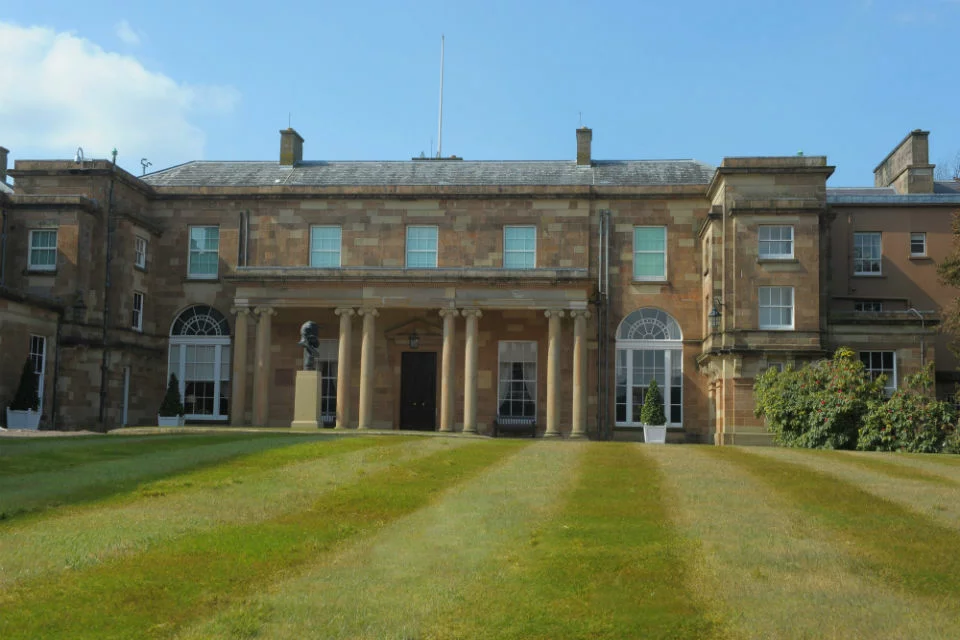
gov.uk ©
Royal Residences in Private Ownership
1. Highgrove House
Location: Gloucestershire, England.
Residences: King and Queen Consort (country family residence); Prince and Princess of Wales.
Status: Management of the house was transferred to William, Prince of Wales, when he inherited the Duchy of Cornwall.
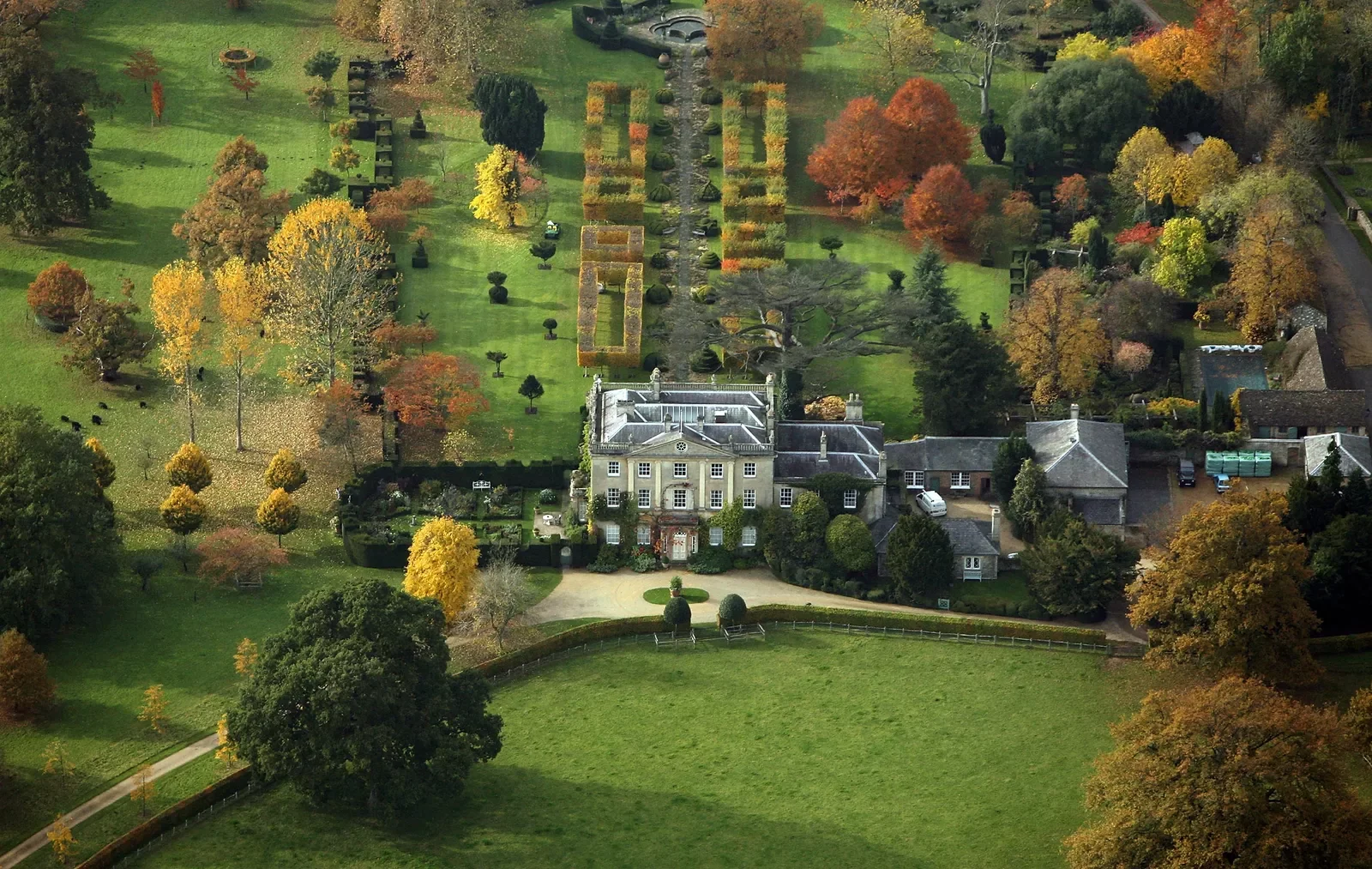
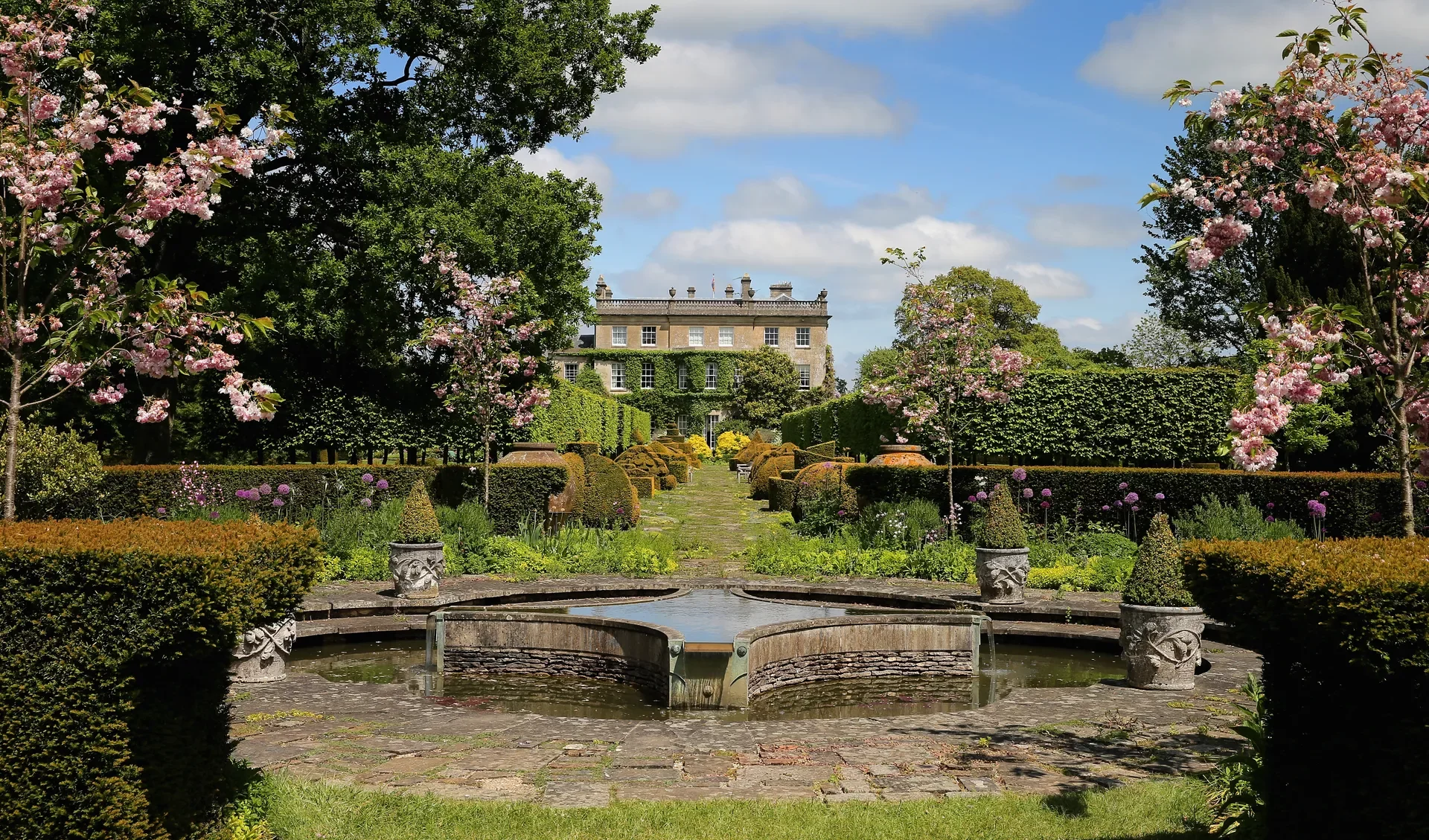
Getty Images ©
2. Llwynywermod
Location: Middlefay, Carmarthenshire, Wales.
Residents: Prince and Princess of Wales.
Status: Normal country residence of Prince William of Wales as the current heir to the throne.
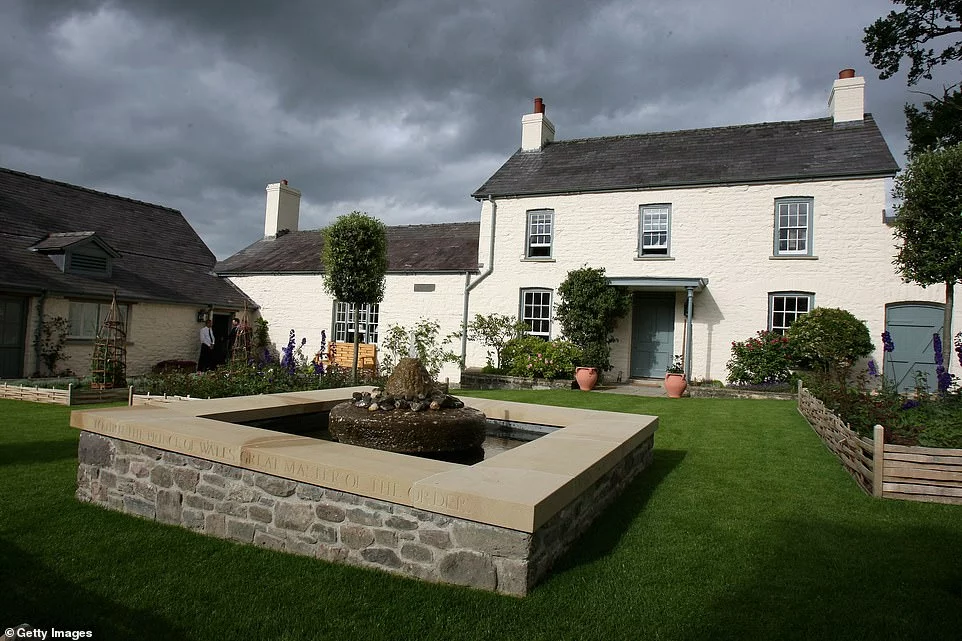
3. Tamarisk House
Location: St. Mary's, Isles of Scilly, England.
Residents: Prince and Princess of Wales.
Status: Country holiday home.
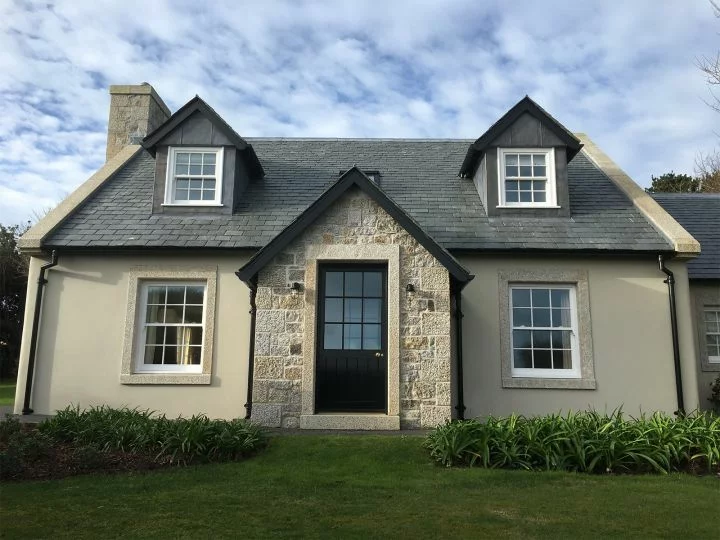
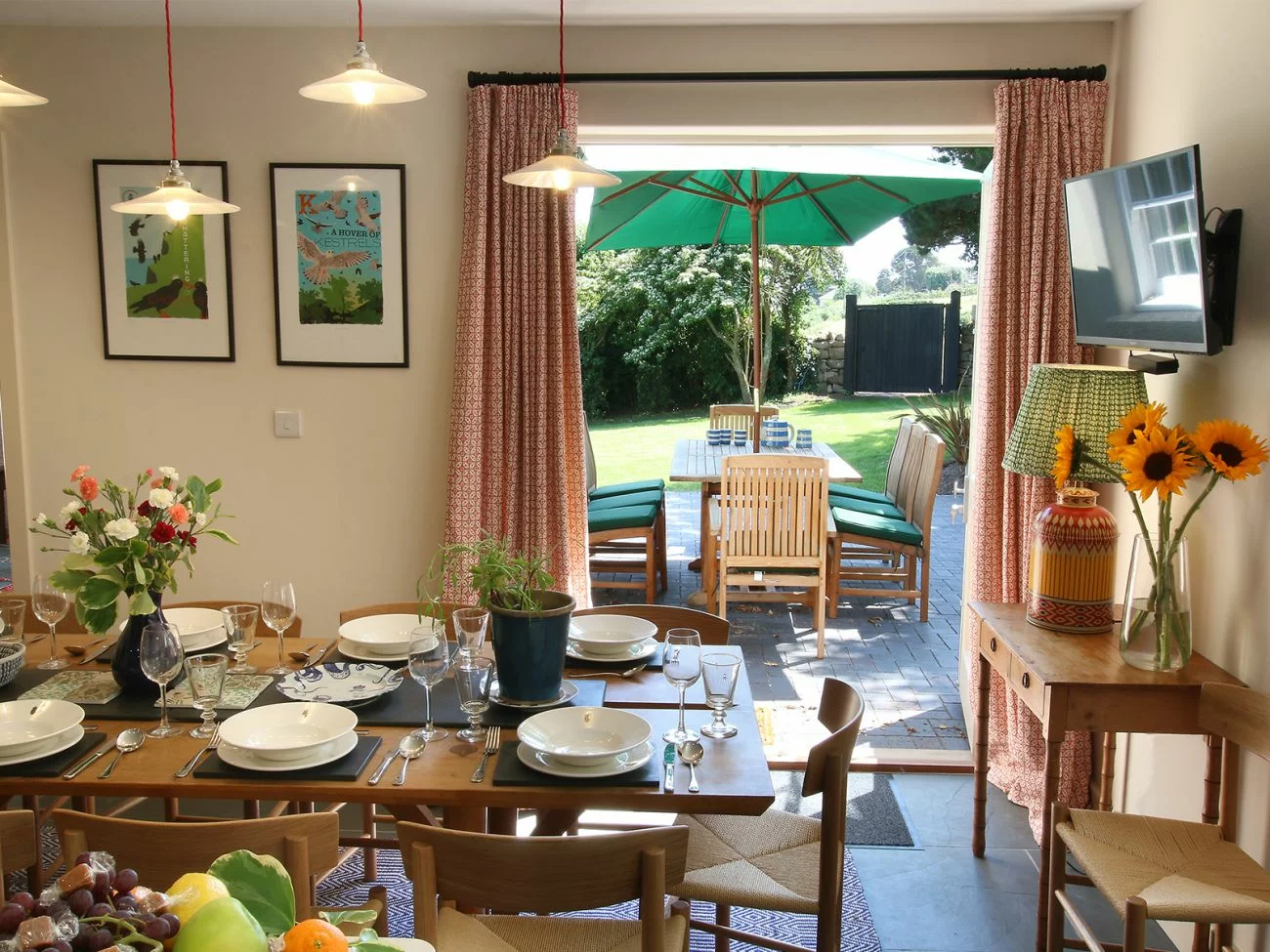
4. Sandringham House
Location: Sandringham Manor, Norfolk, England.
Residents: King.
Status: inherited from the mother of the current king.
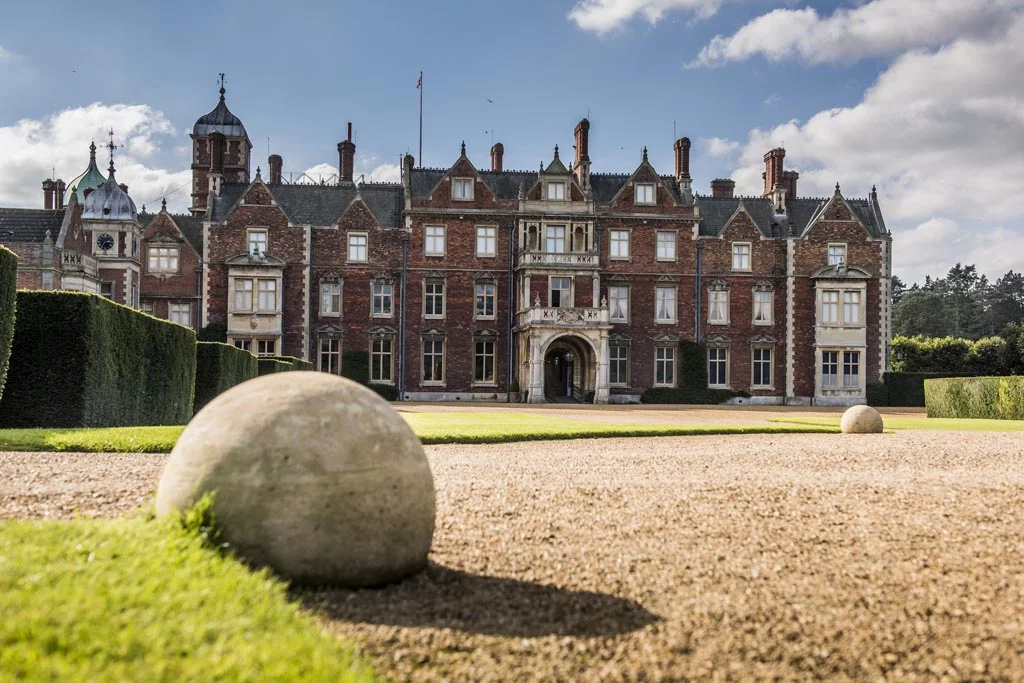
visitnorfolk.co.uk ©
5. Anmer Hall
Location: Sandringham Manor, Norfolk, England.
Residents: The Prince and Princess of Wales.
Status: Elizabeth II's wedding gift to Prince William and Catherine.
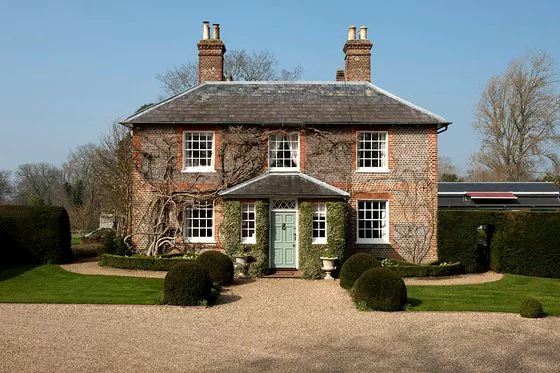
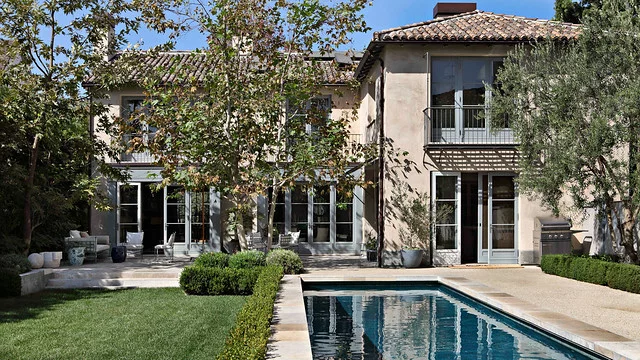
6. Balmoral Castle
Location: Aberdeenshire, Scotland.
Residents: King.
Status: Inherited from the mother of the current king. Prince Albert bought the property for Queen Victoria in 1852.
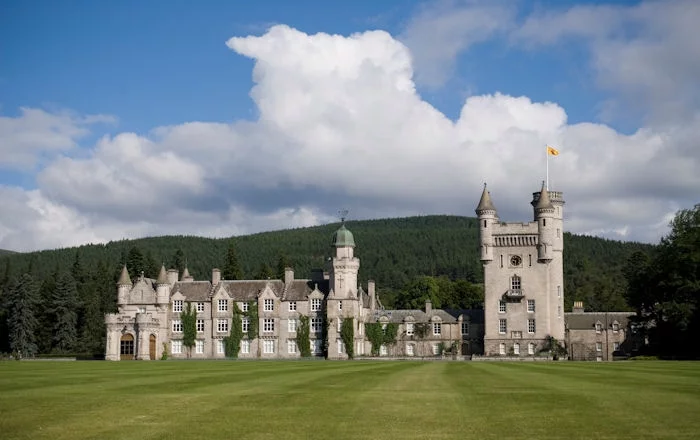
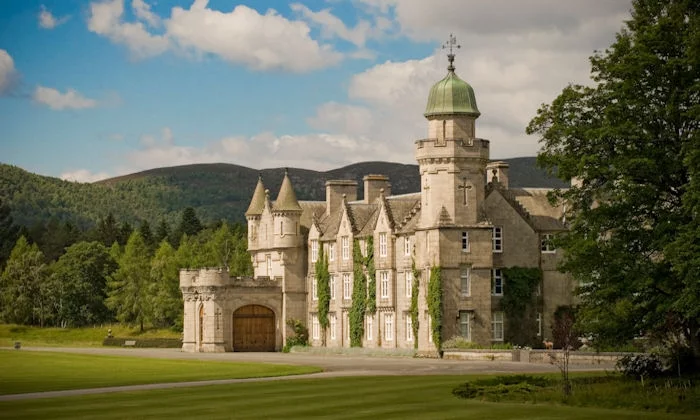
ROYAL COLLECTION TRUST ©
7. Burkhall
Location: Balmoral Estate, Aberdeenshire, Scotland.
Residents: King and Queen Consort.
Status: The King inherited the house when his grandmother died in 2002 when he was still Prince of Wales.

geograph.org.uk ©
8. Craigowan Lodge
Location: Balmoral, Aberdeenshire, Scotland.
Residents: King.
Status: Inherited from the mother of the current king. Today, it is mostly used for receiving dignitaries.

9. Gatcombe Park
Location: Minchinghampton, Gloucestershire, England.
Residents: Princess Anne, only daughter of Queen Elizabeth II.
Status: A private residence that was given to the princess by her mother in 1976.
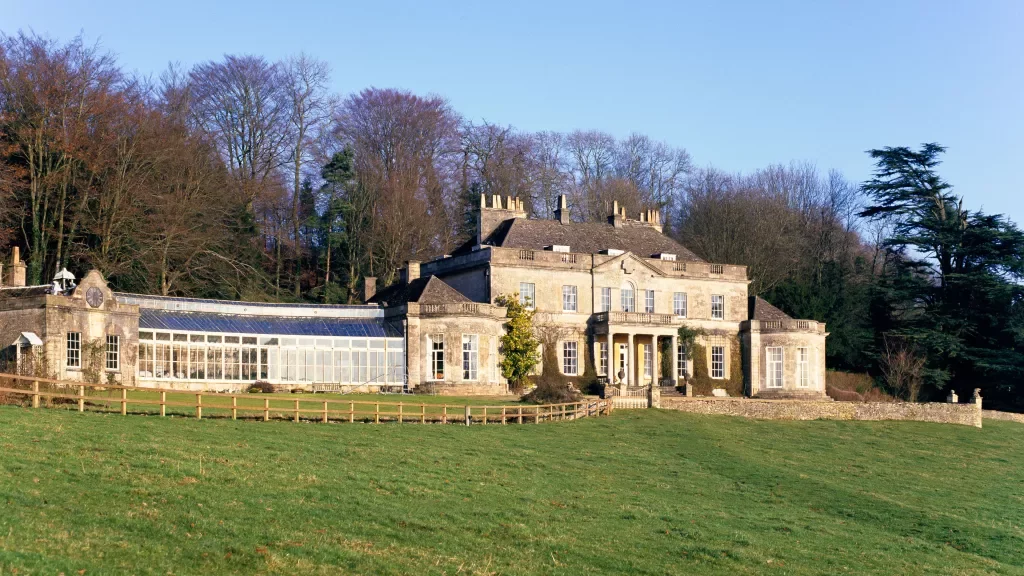
Alamy ©
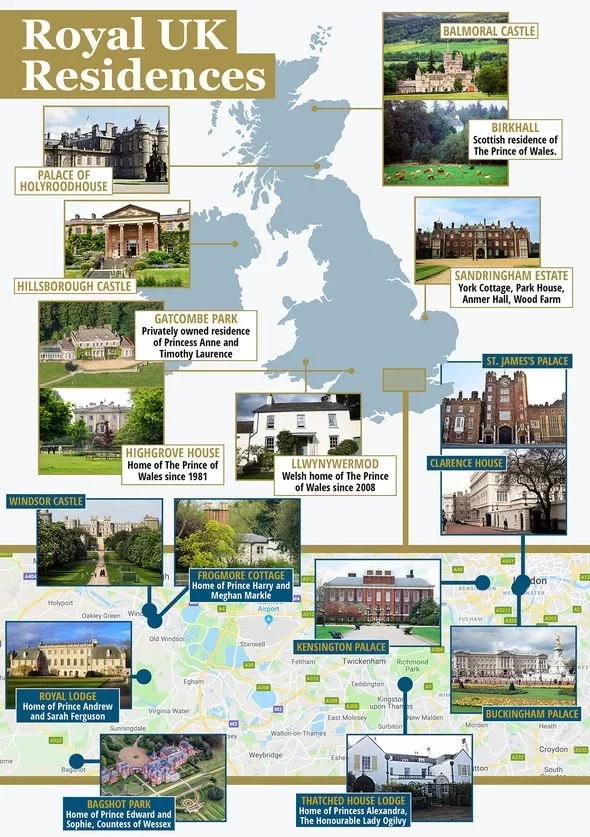
EXPRESS ©
Does the British Royal Family Own Anything Outside of England?
Although Queen Elizabeth had previously owned property in various parts of the world, at the time of her death, she no longer owned property outside the United Kingdom. It is noted that between 1949 and 1951, the Queen and her husband, Prince Philip, lived in Malta, but they rented the house in which they lived rather than owning it.
As of 2025, there are 15 Commonwealth realms where Charles III is the symbolic head of state: Antigua and Barbuda, Australia, the Bahamas, Belize, Canada, Grenada, Jamaica, New Zealand, Papua New Guinea, Saint Kitts and Nevis, Saint Lucia, Saint Vincent and the Grenadines, Solomon Islands, Tuvalu and the United Kingdom. Some members of the royal family own real estate outside the UK. In fact, the king has several properties in Transylvania: a guest house in the village of Zalanpatak and a property in the village of Viskri. And Prince Harry and his wife, Meghan Markle, own real estate in the United States — according to estimates by 2025, the value of their mansion in Montecito has doubled to about $29 million.
The main image: Royalparks.org.uk ©
FAQ about the British Royal Family's Real Estate Residencies
Who owns most of the king's lands and real estate?
How many residences are personally owned by the royal family?
Who lives in Buckingham Palace?
Which residences do the Prince and Princess of Wales own?
Does the royal family own real estate outside of the UK?
At the time of Queen Elizabeth II's death, she did not own real estate abroad. However, King Charles III owns a few objects in Transylvania, and Prince Harry and Meghan Markle bought a house in the United States.
Author
I am responsible for editorial work. I write expert interviews and guides.












